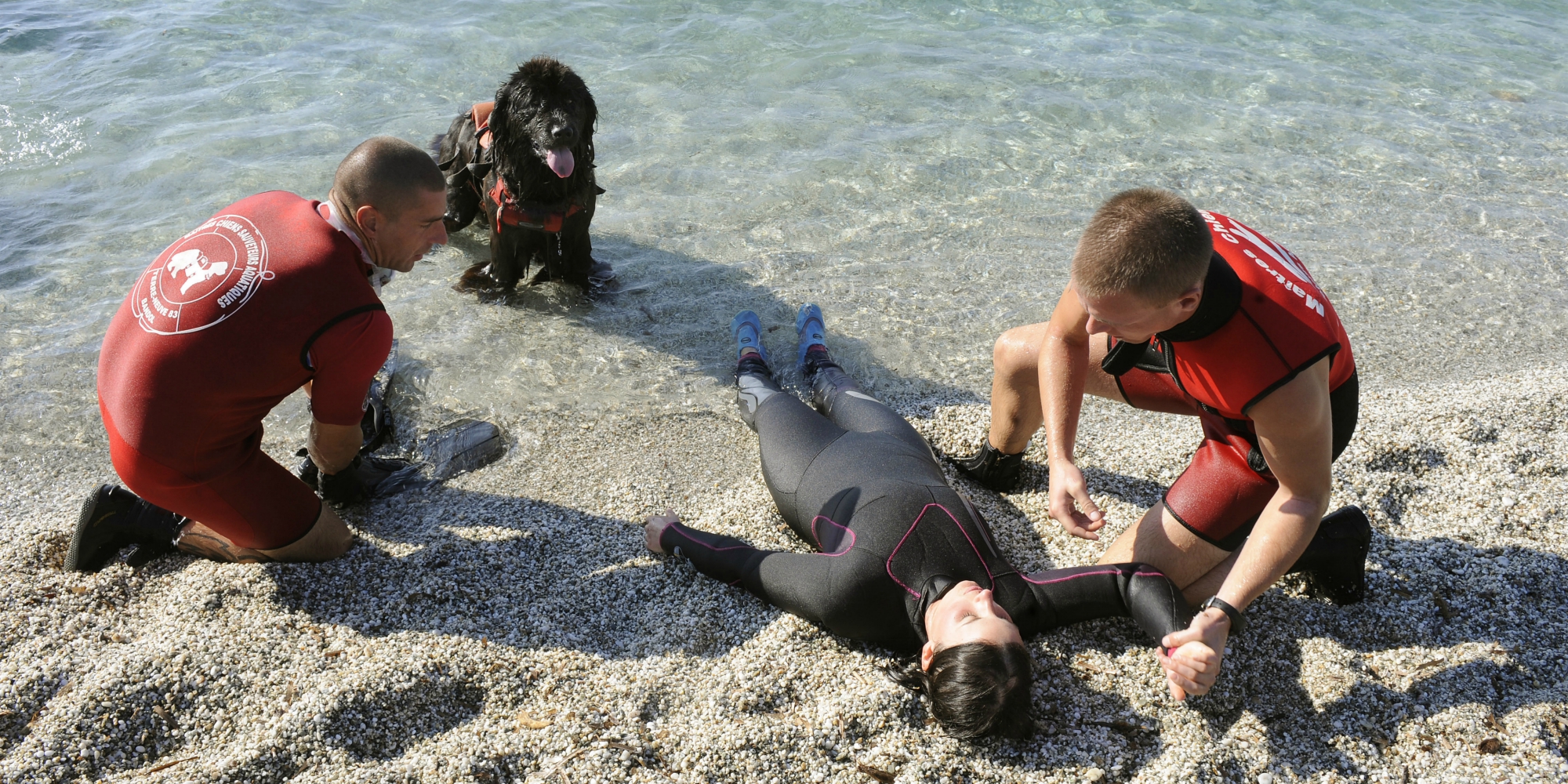In the program "Historically yours" on Europe 1 this Thursday, the journalist David Castello-Lopes looks back on the history of mouth-to-mouth, this technique of emergency respiratory assistance whose origins go back to the middle of the 18th century .
>> Every day in
Historically yours
, David Castello-Lopes looks back on the origins of an object or a concept.
This Thursday, he looks at mouth-to-mouth, this respiratory assistance technique provided during first aid and taught around the world.
It was first mentioned in 1740, in Paris.
>> Find all the shows of Matthieu Noël and Stéphane Bern in replay and podcast here
When the whole class giggled at mouth-to-mouth
I spent all my childhood telling myself that I would really love to kiss a girl.
The problem at that time is that I had not yet incarnated in this final form that you have in front of you.
When I was a child, they called me David Castello-L'Obèse… so no kiss for me.
And when the days without kisses turn into months and then into years, we let our thoughts go to the exceptional circumstances that could give us the opportunity to do so.
And then one day at school, we were told about word of mouth.
I realized that I was not alone in my guilty thoughts because the whole class giggled, girls and boys.
But when I was preparing this column, I told myself that this chuckle was still completely insane.
Because when you have to give someone mouth-to-mouth, it's because that person is dying.
Unless you're a psychopath from hell, it's really not a situation where you say ah great, it's going to be a bit like kissing.
Learned societies mention the technique around 1740
Okay so since then I kissed someone for the first time.
It was during lockdown, so I'm not playing smart either.
But I never did word of mouth, which did not prevent me from being interested in its origins.
So for a long time, there was still a little tendency of people not to want to raise the dead.
Why ?
Because wanting to resuscitate people was kind of like we were God you know.
And God, you know him, he doesn't really like having his job description encroached upon.
But of course everything changed with the Enlightenment.
All over Europe in the middle of the 18th century, learned societies were formed and began to reflect, in particular on how to make people who look dead come alive again.
And among the things recommended by these companies, for the first time is the act of blowing in people's mouths.
The first mention of the technique dates from 1740 in Paris.
In addition to mouth-to-mouth, it was recommended to put tobacco smoke ... in the anus
So it's a very good intuition to blow into people's mouths, but unfortunately as often at the time in medicine, good intuitions coexist with very bad intuitions.
One of them was that, in addition to giving people mouth-to-mouth, some also recommended putting tobacco smoke in their anus ...
And there are 18th century tales that I read for this column that basically say: 'Quick quick quick, he looks dead, you have to put smoke in his ass'.
We already knew that tobacco was exciting, and we said to ourselves that we had to excite the body of this inert person to revive it.
Open-heart massage, another technique used at the time
But as much to tell you that it did not work.
Little by little we tested other things, such as open heart massage.
It was done in pairs: we opened people's chests, and at that moment there was someone who spread the ribs and the other who fiddled with the heart like in Indiana Jones.
It didn't work that badly, but we took a long time to understand that it worked just as well without opening the chest with a scalpel… Even if of course it is much less fun.
The current word of mouth was sanctuarized in the 1950s
All this until the American doctors Peter Safar and James Elam arrived in the 1950s (Safar is still an Austrian who emigrated to the United States so I will spare you his story).
But both have shown that the most effective method of resurrection was the one we all know today: that is, to alternate mouth-to-mouth with pressure on the chest. .
There aren't many numbers on this method but according to American statistics, roughly it works half the time.
Which is still much better than zero out of two times.
Last little thing, if you are wondering how fast to press on people's chests, it's a minimum of 100 times per minute.
And to remember it just sing
the Bee Gees
song
Stayin 'Alive
in your head and hit
each beat.

